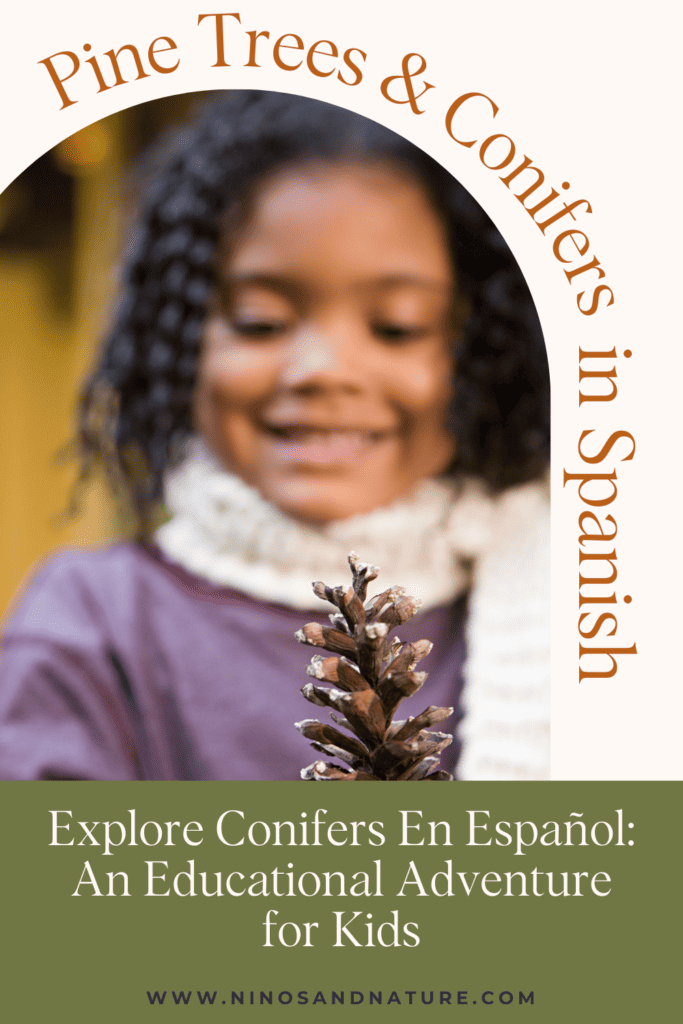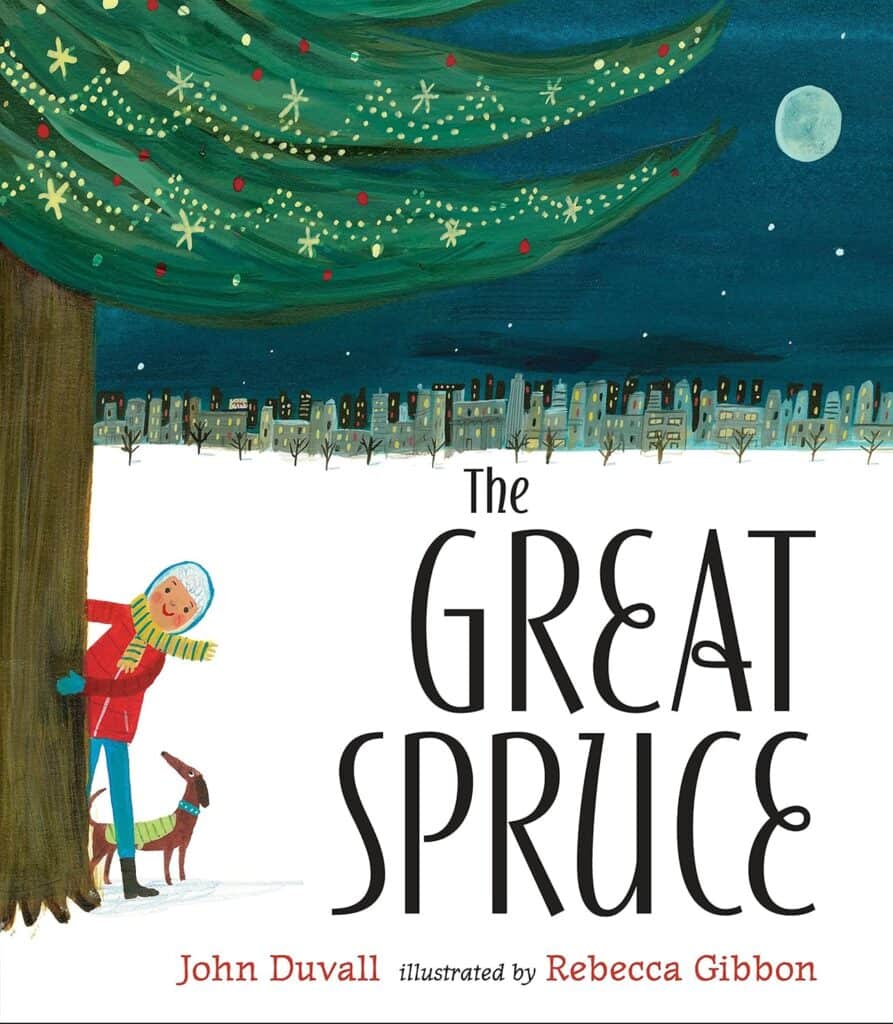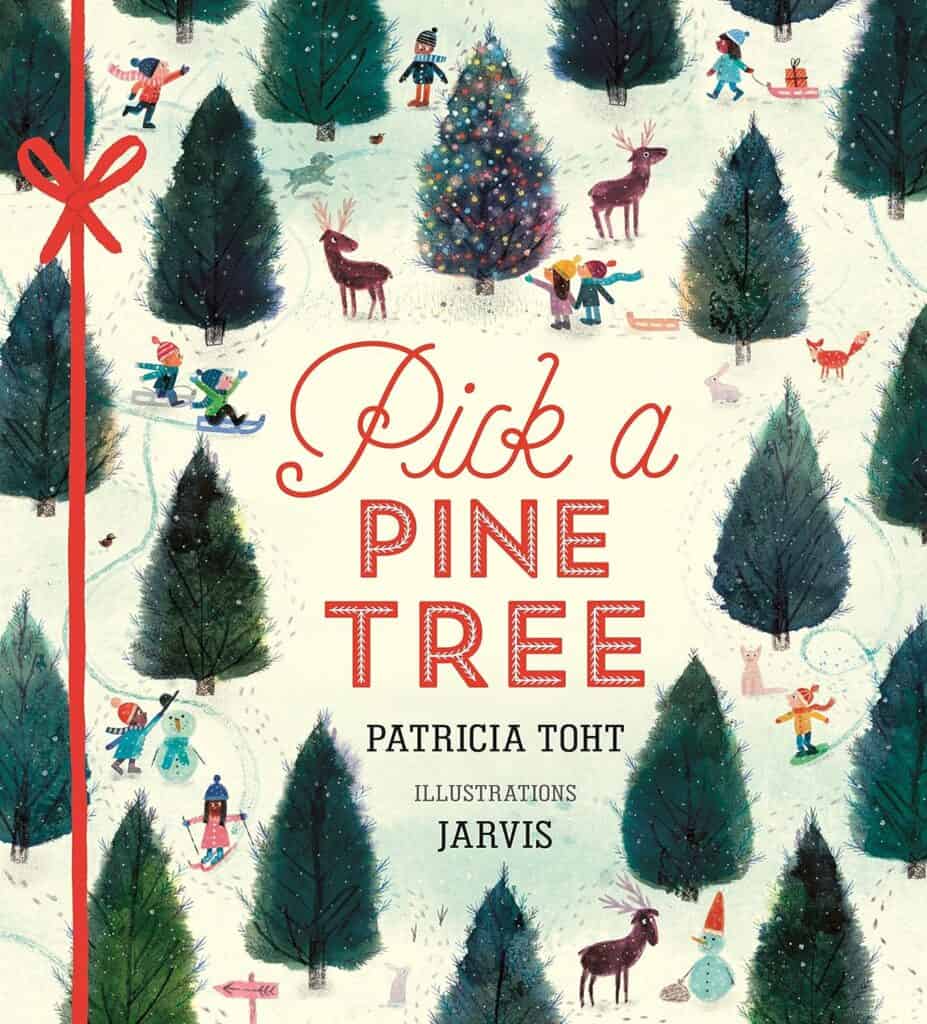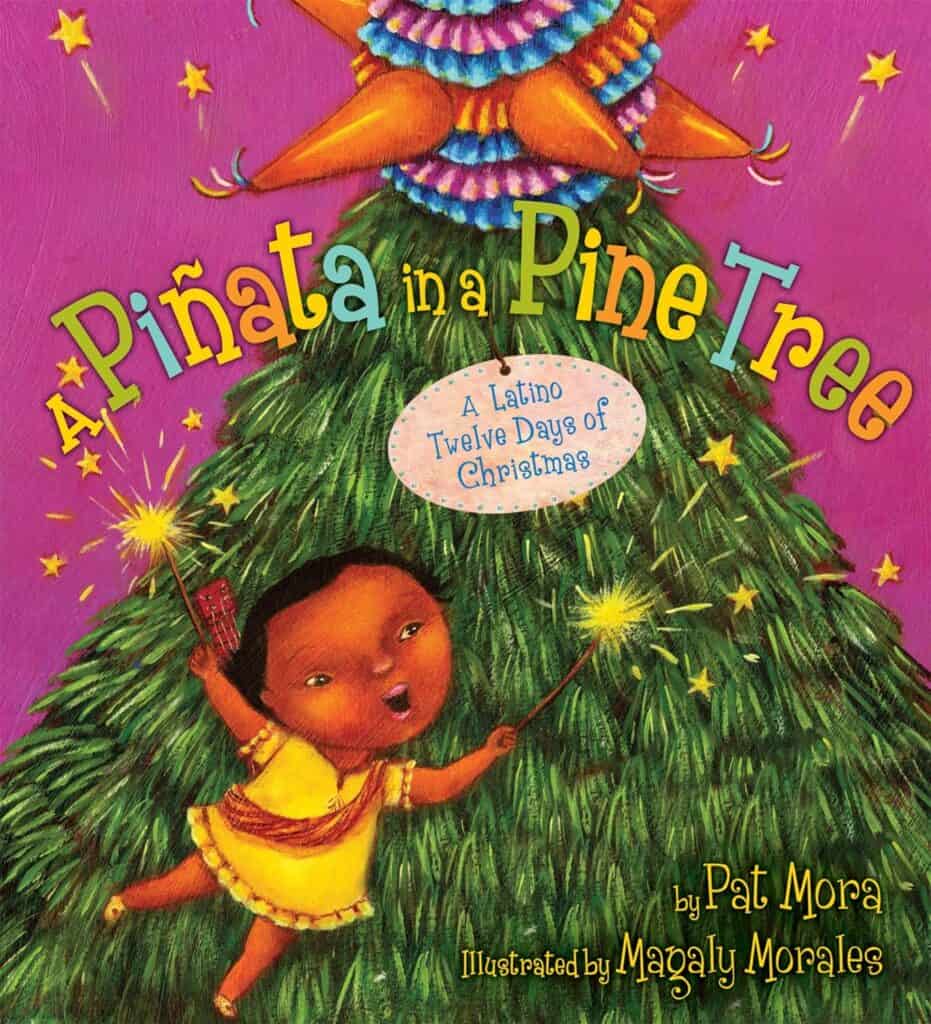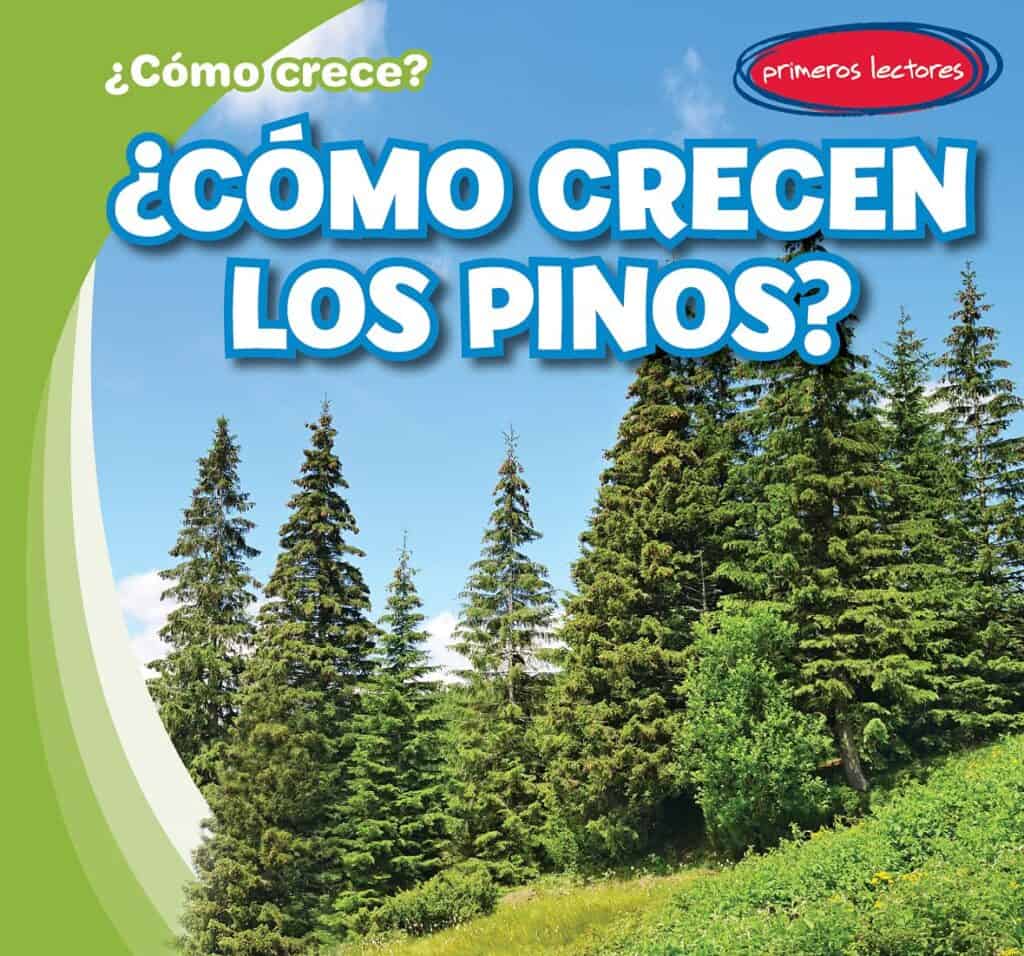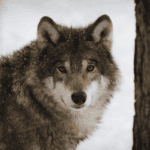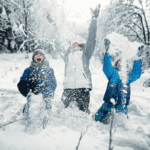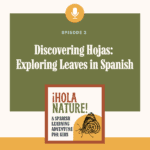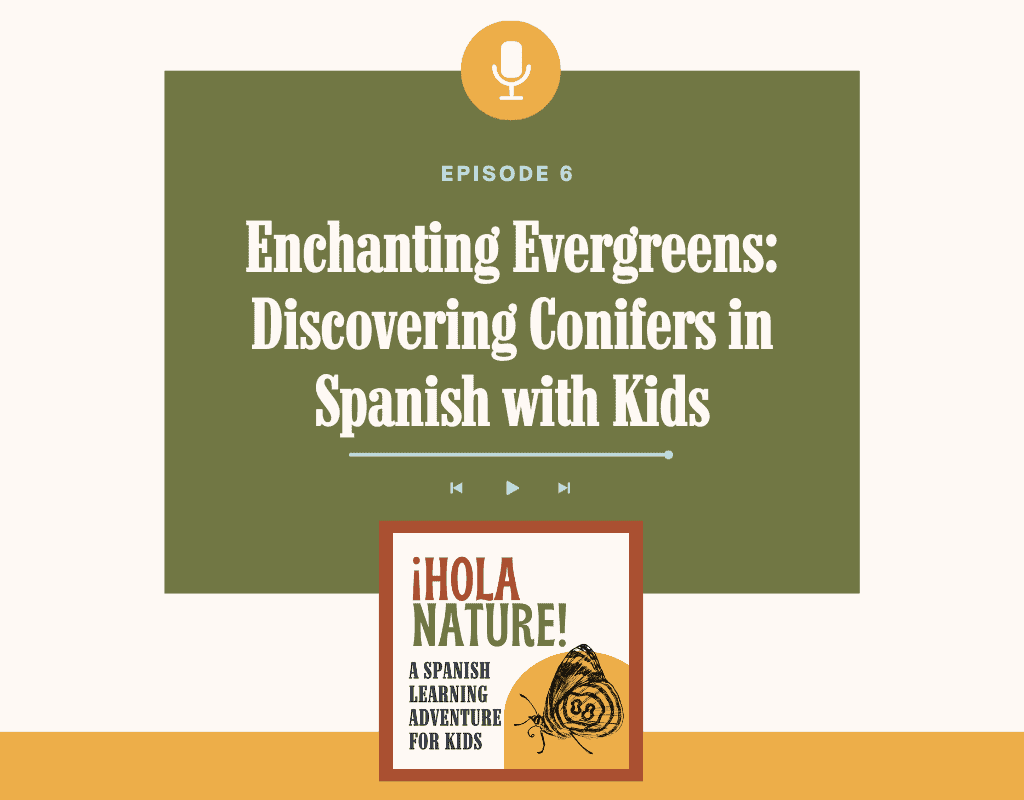
Enchanting Evergreens: Discovering Conifers in Spanish with Kids
In this post: Learn all about conifers and pine trees in Spanish with your kids. Tune in to episode 6 of my Spanish podcast for kids – ¡Hola Nature! and learn even more. Post contains affiliate links.
As a parent or teacher, you may be looking for creative and effective ways to teach kids Spanish. One unique and engaging approach is to use nature as your guide! This time of year is an amazing season to teach kids all about pine trees and conifers. These trees can be a fun and interactive way to incorporate language learning into outdoor activities.
By incorporating Spanish vocabulary related to the natural world surrounding them, children can learn while exploring the outdoors and gaining an appreciation for nature. In this blog post, we will review everything covered in Episode 6 of ¡Hola Nature! a Spanish podcast for kids where we learn all about the world of conifers.
Table of Contents
How to Say Pine Tree and Conifer in Spanish
Before we jump into fun Spanish lessons you can do with your kids to help them learn about conifers, we need to cover the basics! Here are some helpful Spanish vocabulary words when learning how to talk about conifers in Spanish.
La Conífera (koh-nee-feh-rah) – Conifer
El Pino (pee-noh) – Pine Tree
La Piña (pee-nyah) – Pinecone
La Savia (sah-byah) – Sap
El Pino Blanco (pee-noh blahn-koh) – White Pine
El Pino Amarillo (pee-noh ah-mah-ree-yoh) – Yellow Pine
What is the difference between conifer and evergreen?
Teaching kids the difference between conifers and evergreens can be a fun and educational experience. Conifers and evergreens are two types of trees that are often confused with each other, but there are some main differences that kids can understand.
3 Main Differences between evergreens and conifers
Firstly, all conifers are trees that produce cones as they’re seed containers. These are usually hard and woody, and can be found on the branches of the tree. Not all evergreens, on the other hand, produce cones.
Secondly, conifers tend to have needle-like leaves that are hard and pointy, and while most keep their needles all year round, there are some that don’t! One main defining characteristic of evergreens is that they keep their leaves or needles all year long. Some conifers can therefore be considered evergreens, but not all.
Lastly, conifers are typically found in colder regions with harsher climates, such as mountainous areas, while evergreens can also be found in many different types of climates and environments, from rainforests to deserts.
The key take-away? Not all conifers are evergreens, but many are! Conifer refer to trees that produce a cone, and evergreen refers to trees that keep their leaves all year long. Sometimes they overlap, sometimes they don’t!
3 Common Conifers in Spanish
El Pino Blanco
Eastern White Pine

El Cedro Rojo Occidental
Western Red Cedar

La Pícea
Spruce

How to Make Pine Needle Tea with Kids
Making pine needle tea with kids is a fun and educational activity that can also have health benefits. Here’s a simple guide:
1. Gather fresh pine needles. Make sure they are from a pine tree that hasn’t been treated with pesticides. Eastern White Pine are said to taste the best! Look for needles growing on the tree in bundles of 5.
2. Rinse the pine needles thoroughly to remove any dirt or debris.
3. Bring water to a boil in a pot. For every cup of water, add 2 tablespoons of pine needles.
4. Turn off heat and add the pine needles – never boil pine needle tea- steep for around 10 minutes.
5. Strain the tea into a cup, using a fine mesh strainer or cheesecloth.
6. Add honey or sugar to taste, and enjoy!
Note: Pine needle tea is high in vitamin C and antioxidants, but it is also important to note that large amounts of pine needle tea can have some negative effects, so it’s best to drink in moderation.
The Best Spanish & English Books about Conifers
Deep Dive into Learning about Conifers in Spanish with Kids
Wanting to learn even more about conifers with your kids? Check out Spanish in the Wild: in winter, en invierno! My bilingual nature study curriculum has a whole lesson all about conifers with fun crafts, science lessons, and lots of ways to teach your kids Spanish at home.
Tune in to Episode 6 of ¡Hola Nature
Don’t miss Episode 6 of my Spanish podcast for kids – ¡Hola Nature! Learn fun nature facts about conifers, new Spanish vocabulary, and laugh along with the silly characters who visit.
Like this post? Share & Save it!
